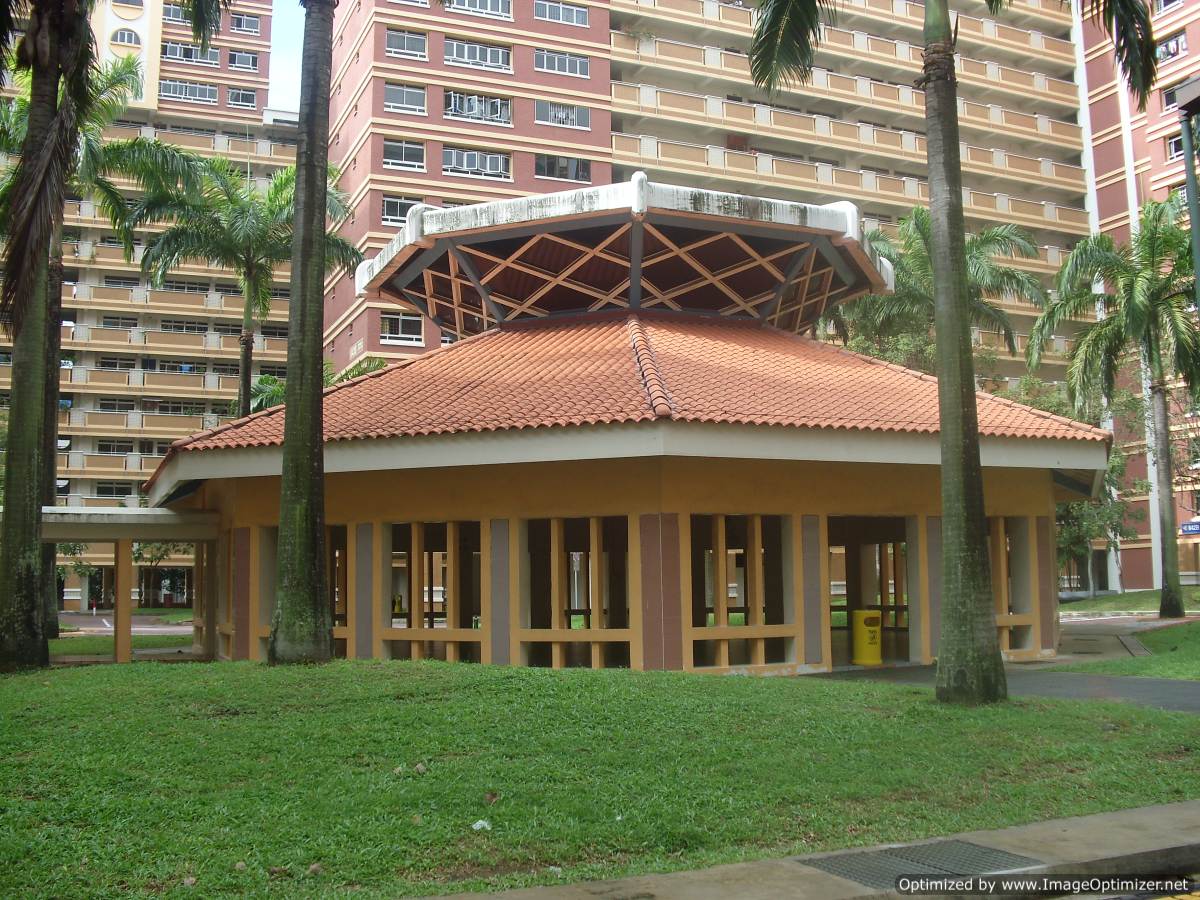Fixed-Rate Versus Floating Rate Home Loan Packages in Singapore: Which is Right for You?
By iCompareLoan Editorial Team
It goes without saying that a mortgage is a great financial liability; choosing the correct home loan packages will save you both money and mental anguish. This article looks at the two of the most common types of mortgage. This is not an exhaustive guide, instead it hopes to offer some basic insights.
What is a fixed rate package?
Table of Contents
As its name suggests, a fixed rate loan has its interest rate fixed. However, in Singapore, we only have packages with rates that are fixed for the first 3 to 5 years of the loan tenure. There are no perpetual fixed rate packages here. The availability of such packages depends on whether the lenders provide such packages.
Typically, fixed rate packages have interest rates that are higher than a floating rate loan. After the fixed rate period ends, the interest rates will be converted to variable rates. Specifically, the interest rate will be pegged at a discount below the financing institution’s board rate or floating rate, which is based on SIBOR or SOR. Below is an example of the interest structure for a fixed rate loan: –
Bank Y Fixed-rate Loan
|
Period |
Interest Rate (p.a.) |
| First Year |
1.15% |
| Second Year |
1.35% |
| Third Year |
1.45% |
| Fourth Year Onwards |
0.50 % below the Board Rate |
What is a floating (aka variable) rate package?
In contrast, a floating rate loan has its interest rates fluctuating during the entire duration of the loan.
Today’s floating (variable) interest rate loans come in three flavours:
- Interest rates pegged at a discount below the Board Rate
- Interest rates pegged at a margin (spread) above SIBOR
- Interest rates pegged at a margin (spread) above SOR
Financial institutions may not offer all three types.
After the first few years of the loan start-date, the spread is usually revised upward. An example follows
Bank Y SIBOR Loan
|
Period |
Interest Rate (p.a.) |
| First Year |
0.75% + 1-Month SIBOR |
| Second Year |
0.75% + 1-Month SIBOR |
| Third Year |
1.00% + 1-Month SIBOR |
| Fourth Year Onwards |
1.25% + 1-Month SIBOR |
When is a fixed rate package preferred?
- Financial stability is needed
- High interest rates environment
During the fixed rate period, the borrower will have certainty over the monthly installment amount he has to pay. This is most suitable for people with limited financial means who cannot accommodate sudden upswings in their monthly cash-flows.
But this financial stability comes with a price.
During a low interest rate environment, the borrower will have to contend with a higher opportunity cost (best foregone alternative). Because with a floating rate package he will get to enjoy relatively lower interest. Thus there is a trade-off between financial stability and interest payment.
On the other hand, during high interest rates environment, the borrower will not find himself on the
horns of a dilemma. The choice is a straightforward one. Taking a fixed rate package will bring with it a lower opportunity cost and greater financial certainty (at least during the fixed rate period!).
Furthermore, as the financiers need to hedge their future risks by providing you a fixed rate for several years, the interest rates for fixed-rate packages are usually more costly than for floating- rate.
When is a floating (aka variable) rate package preferred?
- Low interest rates environment
Obviously when interest rates are low taking a floating rate package beats a fixed rate anytime due to the interest saving. But what comes down must go up. The borrower will have to be prepared for the time when interest rates climb. For the astute borrower he will time the loan commencement such that when interest rates begin to inch up, he is already out of the lock-in and/or claw-back period; consequently, he can refinance to a fixed-rate loan at a lower exit cost.
Nevertheless, a floating rate package will always involve more interest rate volatility. A way to mitigate this is to opt for a longer tenor SIBOR or SOR. For example, a 12-month SIBOR or SOR rates is revised every 12 months, so you get to enjoy fixed rate for a year!
Conversely, you can consider an interest rate capped loan which safeguards against unexpected spike in rates. For example, Bank A’s mortgage loan cap sets a 1.50% p.a. limit on the interest, so 1.50% is the highest interest you will have to pay even during a high interest rate environment.
For advice on a new home loan.
For refinancing advice.
Download this article here.





